Indonesia vs. Aceh
2004 - 2005
Core issue: The conflict was about self-determination of the Aceh region
Type of conflict ending: Conflict Withering
The war between Aceh and the Central government was primarily about the autonomy of the Aceh region. Since 1873, Aceh has struggled for recognition and independence. The region has traditionally been a rich area as it possesses mineral and agricultural resources. These resources were traded mostly with the British and Dutch in the 19th century. The Dutch attempted to take control of the region which resulted in a war between 1873-1913. Although the Dutch were never able to successfully occupy the territory, the war severely weakened the area, and it was later occupied by the Japanese during the Second World War.
After 1945, Aceh was established as a province of the Dutch East Indies. In 1948, Indonesia declared independence from the Netherlands and president Sukarno incorporated Aceh into the North Sumatra province. This created cultural and religious clashes and sparked the first independence movement in 1953. The conflict further escalated in the 1970s when natural gas was found in the region. The exploitation of resources and religious differences between workers and the local Acehnese population caused a new independence movement. The Free Aceh Movement, known as GAM, advocated for political and religious autonomy. It considered itself as the rightful authority in Aceh and established a military wing. The Indonesian government increased its efforts to control the Acehnese and many of the GAM leaders were forced into exile or killed. This did not stop the movement from growing and in the 1990s, it had large public support in the Aceh region. Despite violent government crackdowns, pockets of land were still controlled by independence groups aligned with GAM and devoted to create an independent state.
When the Suharto regime collapsed in 1998, these guerrilla groups were able to take control of most of the rural territory of Aceh. This started the deadliest era of the conflict. In 2001, the new Indonesian president Wahid attempted to end the conflict through violent means. When his offensive was not successful, martial law was declared in 2003. The war was suddenly ended in December 2004 by a tsunami. Both sides declared a unilateral ceasefire the day after the natural disaster. However, violations of the ceasefire erupted in the following year as the core issue of territorial control was still not resolved. However, in March 2005, the area was hit by an 8.6 magnitude earthquake. The earthquake was less destructive than the previous tsunami, but it had an immense psychological impact on the area which was still in recovery mode. The conflict was ended in August 2005, when a formal peace deal was signed. This can be classified as conflict withering, because although the issue of autonomy was never fully resolved, the humanitarian crisis (and pressure from the international community) pushed the two parties to agree to a peace deal.
Sources
Ansori, M.H., 2012. "From Insurgency to Bureaucracy: Free Aceh Movement, Aceh Party and the New Face of Conflict", Stability: International Journal of Security and Development, 1 (1), 31.
Aspinall, E., 2002. "Sovereignty, the Successor State, and Universal Human Rights: History and the International Structuring of Acehnese Nationalism", Indonesia, Vol. 73, 1.
Aspinall, E. and M.T. Berger, 2001. "The Break-up of Indonesia? Nationalisms after Decolonisation and the Limits of the Nation-State in Post-Cold War Southeast Asia", Third World Quarterly, 22 (6), 1003.
DeRouen, K., M.J. Ferguson, S. Norton, Young Hwan Park, J. Lea, and A. Streat-Bartlett, 2010. "Civil war peace agreement implementation and state capacity", Journal of Peace Research, 47 (3), 333-346.
Grayman, J.H., 2016. "Official and unrecognized narratives of recovery in post conflict Aceh, Indonesia", Critical Asian Studies, 48 (4), 528-555.
